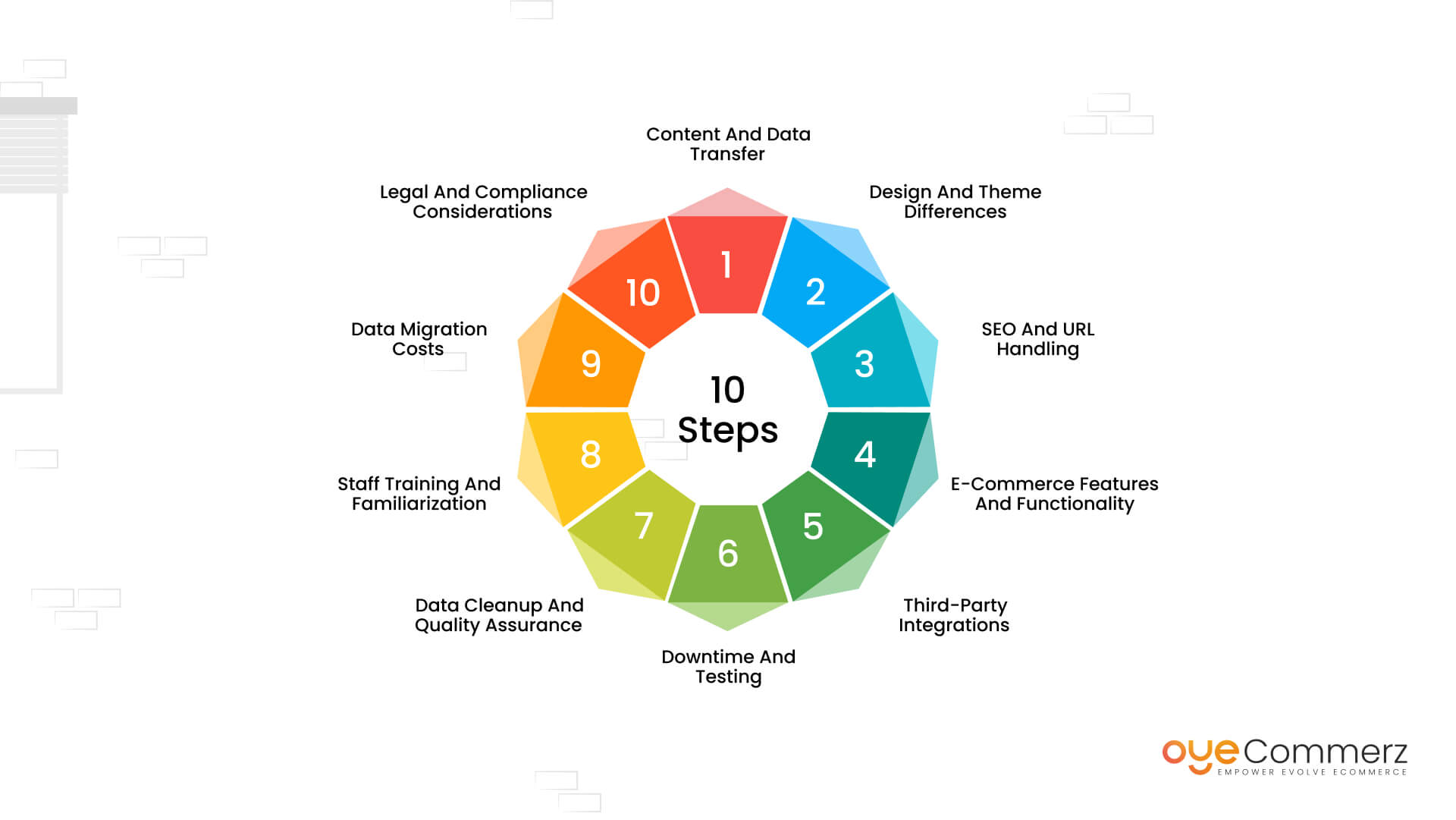Shifting from WP to Shopify marks an exciting step toward streamlining your online store processes. As companies expand, selecting a solution that aligns with scalability, UX, and customization becomes crucial. Shopify is widely recognized as a preferred choice for e-commerce professionals, offering unmatched adaptability, security, and user-friendliness. In this guide, we’ll explore why this migration is a game-changer, discuss the advantages, and share actionable steps to facilitate a seamless transition.
1. Top Reasons to Transition from WordPress to Shopify
The combination of WordPress and WooCommerce, has served countless online stores. Nevertheless, as companies expand, challenges like plugin dependency, data risks, and complex setups can hinder progress. Shopify, specifically created for digital retail, addresses these issues with an comprehensive, intuitive platform. Real data back this shift—Shopify powers over 4.4 million stores globally, with a documented 10% increase in sales performance for numerous merchants post-switch.
2. Key Benefits of Shopify for E-commerce Success
Shopify’s robust ecosystem caters for expanding brands. Its standout benefits are:
- Effortless Design Flexibility: Shopify offers over 80 professionally designed themes.
- Built-in Features: Capabilities such as Shopify Payments and built-in SEO save time and effort.
- International Expansion: Multi-currency support and localization features enable brands to expand internationally.
Additionally, Shopify delivers an availability percentage of 99.98%, ensuring your website is always operational.
3. Preparing for WordPress to Shopify Migration
Prior to starting the migration process, evaluate your existing setup. Analyze product data, customer details, and SEO performance. Tools like Shopify’s Migration Kit or external tools can simplify this process. Create a comprehensive plan, ensuring all resources—item details, images, and blog content—are optimized for transfer.
4. Data Migration: A Critical Step
Data migration forms the foundation for a smooth transition. When moving from WordPress to Shopify, prioritize:
- Inventory Details: SKU, descriptions, and groupings.
- Customer Data: Emails, purchase records, and custom fields.
- SEO Optimization: Retain meta tags, URLs, and redirects to maintain search rankings.
Leverage tools such as LitExtension to streamline data transfer while minimizing errors.
5. Customizing Your Shopify Store
Post-migration, customizing your Shopify store helps it aligns with your business identity. Take advantage of Shopify’s drag-and-drop editor to design pages effortlessly. Shopify's templates are optimized for all devices, providing a smooth UX across platforms—a critical factor, given 74% of online shopping is generated by mobile users.
6. How to Protect Your SEO Rankings When Switching Platforms
Search engine optimization is crucial for maintaining your online presence during migration. Shopify is highly optimized for search engines with organized link formatting, preloaded features, and seamless blog integration. Ensure:
- Set up URL forwarding Shopify migration case study for existing links.
- Optimize new pages with targeted phrases.
- Use Shopify's apps Plug in SEO to monitor performance after the switch.
7. Post-Migration Testing
After finishing the transfer, run detailed checks.
Review: - Website speed (Shopify delivers faster speeds compared to WordPress).
- Functionality of payment gateways and transaction flow.
- Adaptability across devices.
Testing ensures your store delivers a seamless shopping journey from day one.
8. Real-Life Success Story
One such migration success story is Gymshark, a fitness apparel brand that moved to Shopify. Post-migration, the Advanced Shopify migration company experienced a 60% increase in mobile sales and reduced site downtime. This highlights the capabilities of Shopify in driving online business success.
9. Challenges and Solutions
Migration comes with challenges, such as information accuracy and reconfiguring custom functionalities. However, Shopify’s extensive assistance and third-party experts simplify the process. Partnering with experienced Shopify developers ensures a trouble-free transition.
10. Starting Your Journey with Shopify
Migrating from WP to Shopify marks a strategic decision to e-commerce. By addressing scalability, streamlining operations, and enhancing the customer experience, Shopify enables companies to thrive in competitive markets.
Conclusion
Transitioning from WordPress to Shopify offers a smart solution that can significantly boost your online business performance. With a well-structured strategy, the appropriate resources, and professional guidance, you can unlock new success milestones.
Excited to start the journey? Reach out today to learn how our Shopify migration services can revolutionize your online store. Get in touch today, or consider: Is it time to seize Shopify’s advantages for your store?
